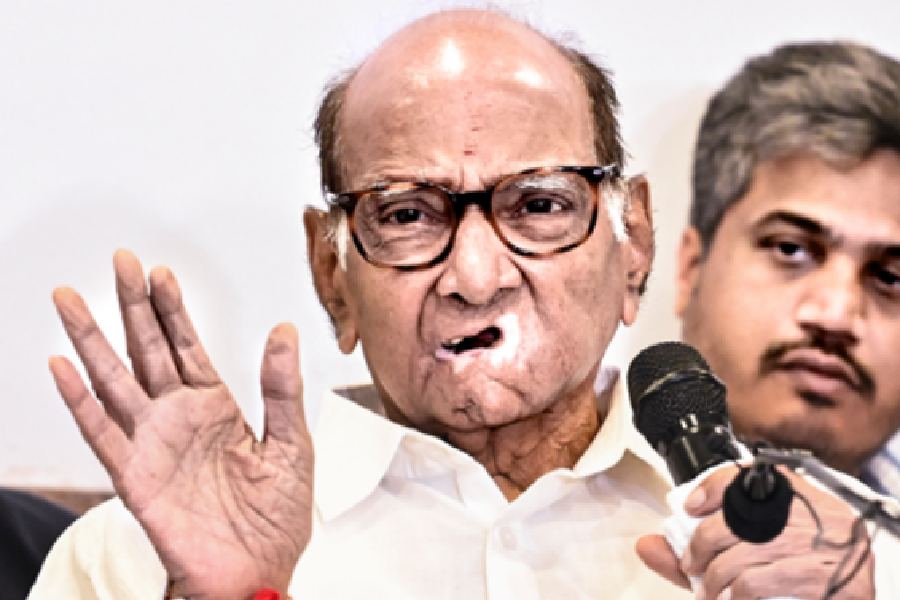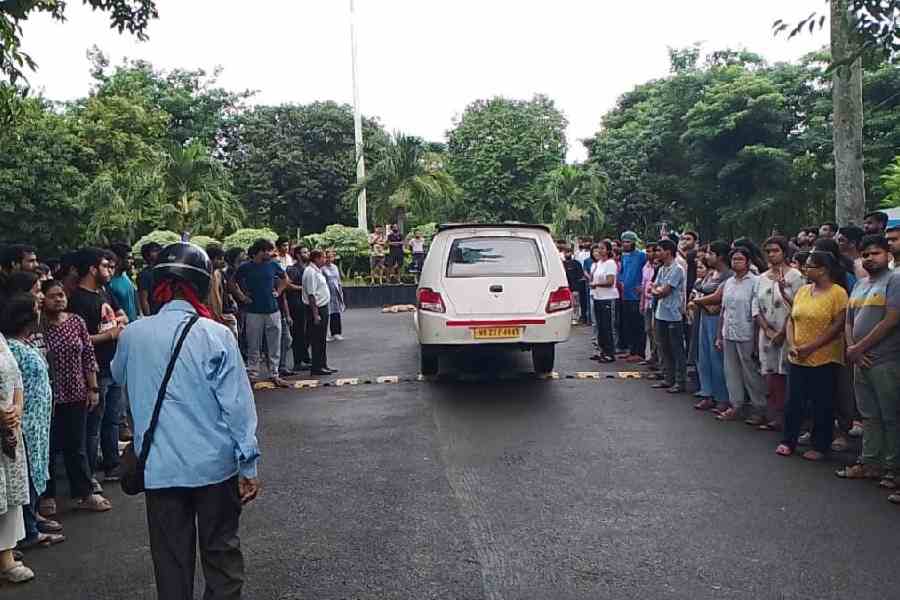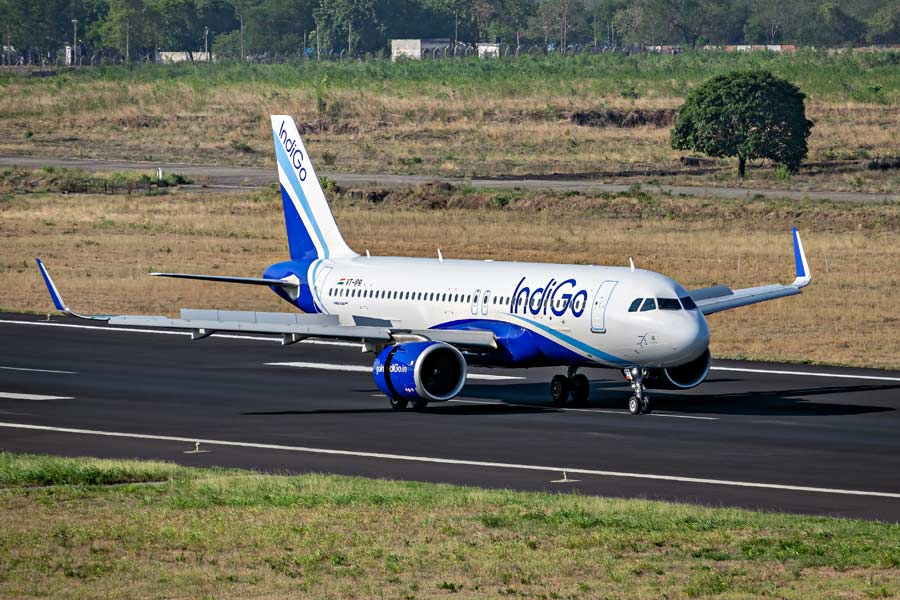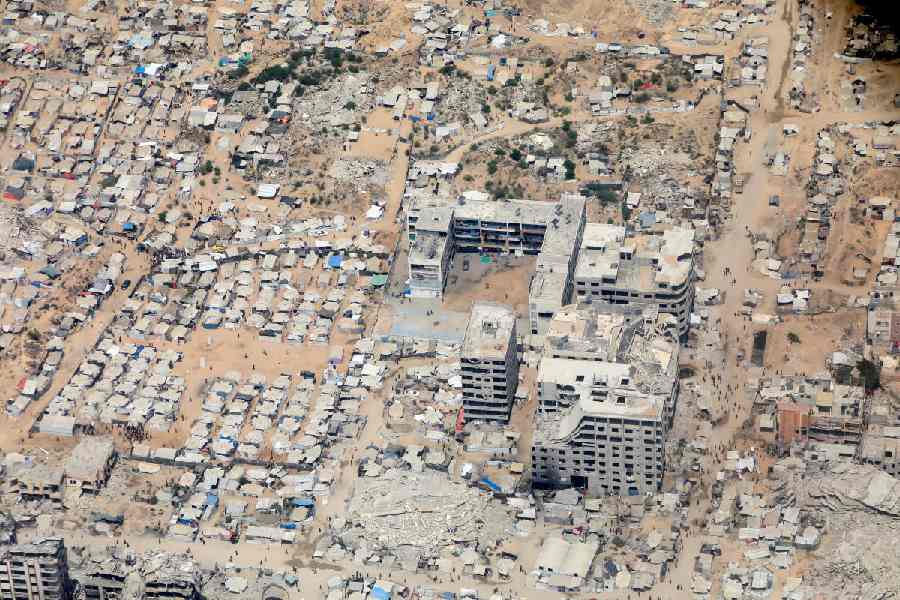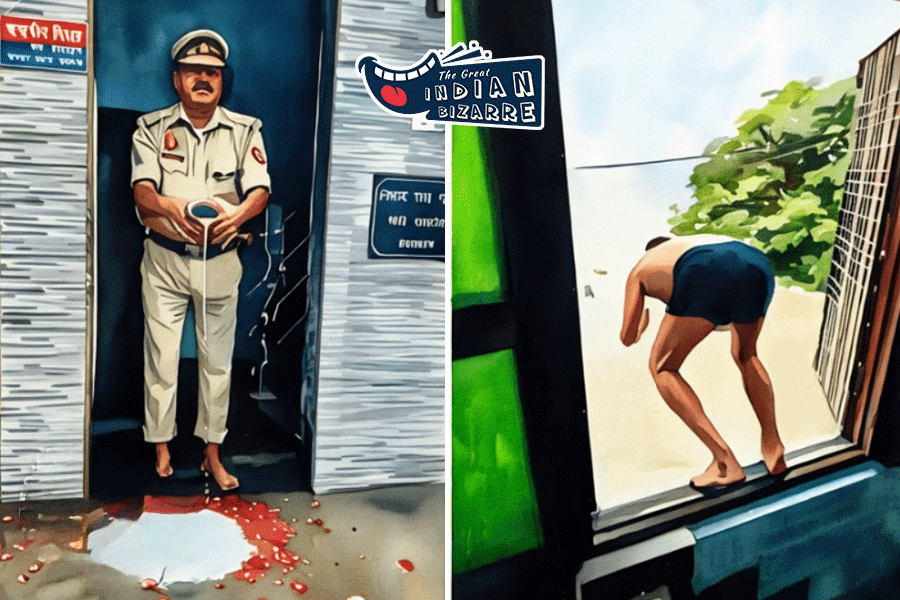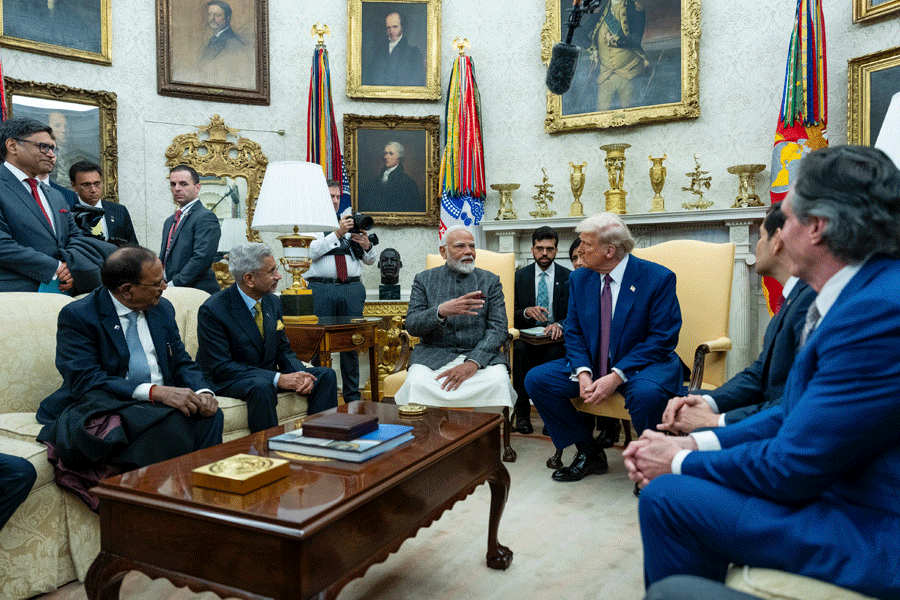 |
After nearly two decades of legal wrangle, the Salkia Flyover project, one of the important infrastructure projects in Howrah aimed at solving the traffic mess in the town, seems ready to take off. The contentious issue of rehabilitation that had stalled the Rs 64-crore project has been set in motion after an agreement was signed between Howrah Improvement Trust (HIT) and the shopkeepers fighting for proper rehabilitation. HIT officials claim that the construction of the flyover will start as soon as alternative accommodation for nearly 140 shopkeepers and 100 families are ready.
On November 8, in a function held near Salkia Chourasta, state urban development minister Firhad Hakim handed over the keys of flats to 43 residents, who were evicted from their houses for the construction of the flyover. “Where there is a will, there is a way. Since the issue of rehabilitation has been settled now, there is no hurdle on the way for the construction of the flyover,” said Hakim in his speech.
 |
| GT Road at Salkia Chourasta chock-a-block with traffic. Picture by Gopal Senapati |
In 1990, the Salkia Flyover project was taken up by the then chairman of HIT, Swadesh Chakraborty, for the smooth flow of traffic on GT Road near Salkia Chourasta. Severe snarls are witnessed near Salkia Chourasta, the junction of GT Road-Benaras Road-Aurobindo Road, as hundreds of buses, trucks, taxis and private cars from Benaras Road on their way to Howrah Station and Calcutta cross GT Road to reach Howrah Road through Aurobindo Road every day. Besides, though, GT Road is ‘one way’, a few buses, including 54 route buses from Bally Khal, Satyabala-Kasba mini buses from Satyabala, Salkia Chourasta-Dharmatala buses from Salkia Chourasta and few other buses from north Howrah and Bally are allowed to break the one way rule to reach Howrah or Calcutta through Salkia Chourasta.
 |
| Howrah police chief Ajay Ranade at Salkia Chourasta |
“The Salkia Flyover is necessary for smooth flow of traffic on GT Road. During my tenure as chairman of HIT, I tried to convince the shopkeepers to shift their shops to the alternative accommodation being provided but they refused. Instead, they moved court with their grievances,” said former chairman of HIT and MP from Howrah Swadesh Chakraborty. He said that had the shopkeepers accepted the rehabilitation project offered by the Left Front government at that time, the Salkia Flyover would have been in place now. However, the shopkeepers, refused to move to their alternative accommodation at Dolgobinda Singha Lane, Salkia, claiming that their businesses would suffer if they shifted their shops there.
 |
| Ready flats at Sitanath Bose Lane for evicted residents. Pictures by Gopal Senapati |
“We run our businesses from spacious shops on GT Road, where we get a decent footfall of customers. But back then, the Left Front-led HIT offered us four feet by four feet shops built of tin sheets at Dolgobinda Singha Lane that is 200 to 250 feet away from GT Road. Naturally, we refused their rehabilitation offer because we feared losing our customers,” said Barun Dey, secretary, Salkia Businessmen’s Association. He also alleged the plot on which the shops were built was developed by filling a pond. In 2000, the shopkeepers moved Supreme Court against HIT’s attempt to rehabilitate them away from GT Road. The SC, in its verdict, had said that the shopkeepers had to be rehabilitated on GT Road. At the same time, the court had formed a seven member rehabilitation committee for the purpose. “But the then chairman of the rehabilitation committee did nothing,” said Dey. He said that shopkeepers were given 24 hours for moving to their new accommodation and rent for each shop was fixed at Rs 850 per square feet.


